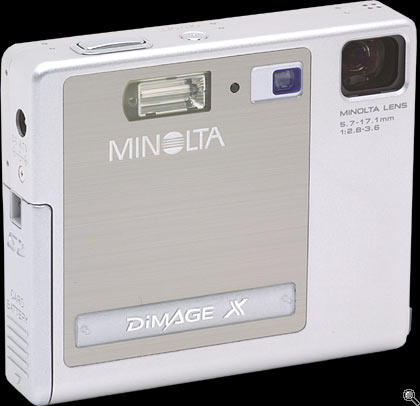Minolta pointed the way.
Given that they have yet to have an idea not stolen from someone else – meanly mostly from Apple – I spend little time in reading about anything from Samsung.
But their most recent theft is surprising only for how long it took them to think of it, for their latest ‘high-end’ phone (there’s an oxymoron for you) steals from a 2002 inspired design by Minolta in its 2mp Dimage digital point and shoot.

The elegant Minolta Dimage of 2002.
This elegant design had one truly original feature, in addition to its neat packaging in that small square case. It used a periscope optical zoom, vertically oriented inside the case, with light rays deflected through the associated right angle with a mirrored prism. This allowed the incorporation of an otherwise lengthy optical path within the tight confines of the body, a small 3.3″ x 2.8″ x 0.8″. For comparison, my iPhone 11 Pro in its case measures 5.5″ x 3″ x 0.5″.
This cutaway view shows how it worked:

Illustration of the ‘folded’ optical path.
We can expect to see this sort of thing in a future iPhone as modern technology has made things even smaller 18 years after Minolta’s inspired design. Optical zooms beat digital zooms as there’s no pixel degredation as magnifications increase.
Now if there’s a criticism to be leveled at the iPhone 11 Pro – in addition to its poor ergonomics – it’s that there’s no lens at the long end. Sure, there’s a 10x digital zoom, but you can do that just as easily in Lightroom, with all the attendant issues. So you are stuck with ultrawide, very wide and normal, call it 12mm, 24mm and 50mm FFE, all superb but none of them long.
So if Apple can add one of those ‘periscope’ optical zooms and make the 50mm a 50-200mm optic, well, that’s going to be all she wrote for the few remaining sales of silly-priced and even sillier-sized DSLRs.